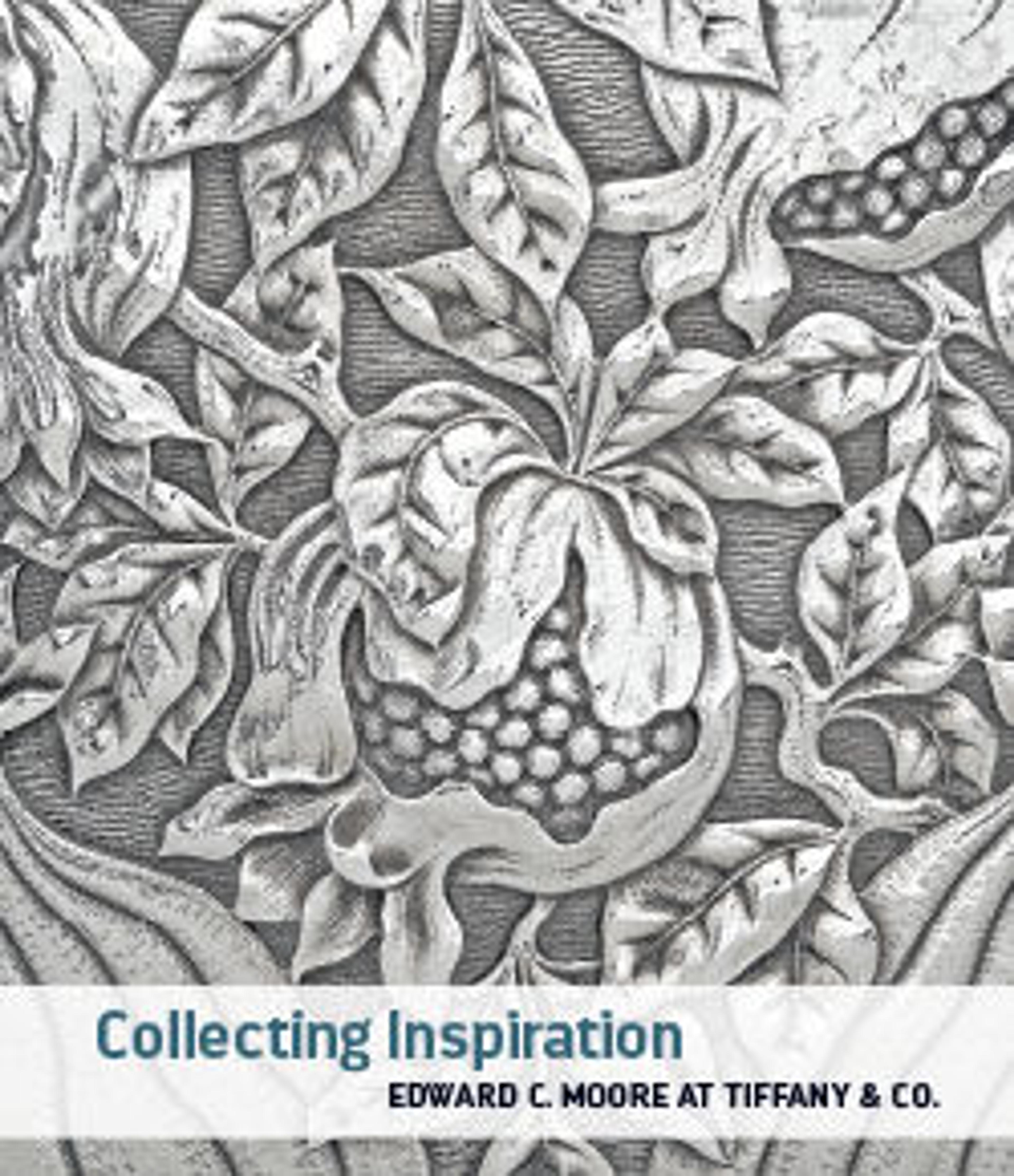English
Glass garland bowl
Colorless, translucent purple, translucent honey yellow, translucent cobalt blue, opaque yellow, and opaque white.
Vertical, angular rim; convex curving side, tapering downwards; base ring and concave bottom.
Four large segments of colorless, purple, yellow, and blue, and applied to the interior of the bowl at the center of each segment a hanging garland, comprising an inverted V-shaped white string above a U-shaped swag made up of a mosaic pattern formed from polgonal or circular sections of four different composite canes: one in a yellow ground with a white spiral, a second in a purple ground with yellow rods, the third in a colorless ground with white lines raditating from a central yellow rod, and the fourth in a blue ground a white spiral. The four different canes are arranged in pairs side by side but the order in which they are placed differs in each swag. On interior, a single narrow horizontal groove below rim.
Intact, except for one small chip in rim; pinprick and larger bubbles; dulling, pitting of surface bubbles, faint iridescence on interior, and creamy iridescent weathering on exterior.
This cast glass bowl is a tour-de-force of ancient glass production. It comprises four separate slices of translucent glass-purple, yellow, blue, and colorless-of roughly equal size that were pressed together in an open casting mold. Each segment was then decorated with an added strip of millefiori glass representing a garland hanging from an opaque white cord. Very few vessels made of large sections or bands of differently colored glass are known from antiquity, and this bowl is the only example that combines the technique with millefiori decoration. As such it represents the peak of the glass worker's skill at producing cast vessels.
Vertical, angular rim; convex curving side, tapering downwards; base ring and concave bottom.
Four large segments of colorless, purple, yellow, and blue, and applied to the interior of the bowl at the center of each segment a hanging garland, comprising an inverted V-shaped white string above a U-shaped swag made up of a mosaic pattern formed from polgonal or circular sections of four different composite canes: one in a yellow ground with a white spiral, a second in a purple ground with yellow rods, the third in a colorless ground with white lines raditating from a central yellow rod, and the fourth in a blue ground a white spiral. The four different canes are arranged in pairs side by side but the order in which they are placed differs in each swag. On interior, a single narrow horizontal groove below rim.
Intact, except for one small chip in rim; pinprick and larger bubbles; dulling, pitting of surface bubbles, faint iridescence on interior, and creamy iridescent weathering on exterior.
This cast glass bowl is a tour-de-force of ancient glass production. It comprises four separate slices of translucent glass-purple, yellow, blue, and colorless-of roughly equal size that were pressed together in an open casting mold. Each segment was then decorated with an added strip of millefiori glass representing a garland hanging from an opaque white cord. Very few vessels made of large sections or bands of differently colored glass are known from antiquity, and this bowl is the only example that combines the technique with millefiori decoration. As such it represents the peak of the glass worker's skill at producing cast vessels.
Artwork Details
- Title:Glass garland bowl
- Period:Early Imperial, Augustan
- Date:late 1st century BCE
- Culture:Roman
- Medium:Glass; cast and cut
- Dimensions:H. 1 13/16 in. (4.6 cm), diameter 7 1/8 in. (18.1 cm)
- Classification:Glass
- Credit Line:Edward C. Moore Collection, Bequest of Edward C. Moore, 1891
- Object Number:91.1.1402
- Curatorial Department: Greek and Roman Art
Audio
1072. Glass garland bowl
0:00
0:00
We're sorry, the transcript for this audio track is not available at this time. Please email info@metmuseum.org to request a transcript for this track.
More Artwork
Research Resources
The Met provides unparalleled resources for research and welcomes an international community of students and scholars. The Met's Open Access API is where creators and researchers can connect to the The Met collection. Open Access data and public domain images are available for unrestricted commercial and noncommercial use without permission or fee.
To request images under copyright and other restrictions, please use this Image Request form.
Feedback
We continue to research and examine historical and cultural context for objects in The Met collection. If you have comments or questions about this object record, please contact us using the form below. The Museum looks forward to receiving your comments.
